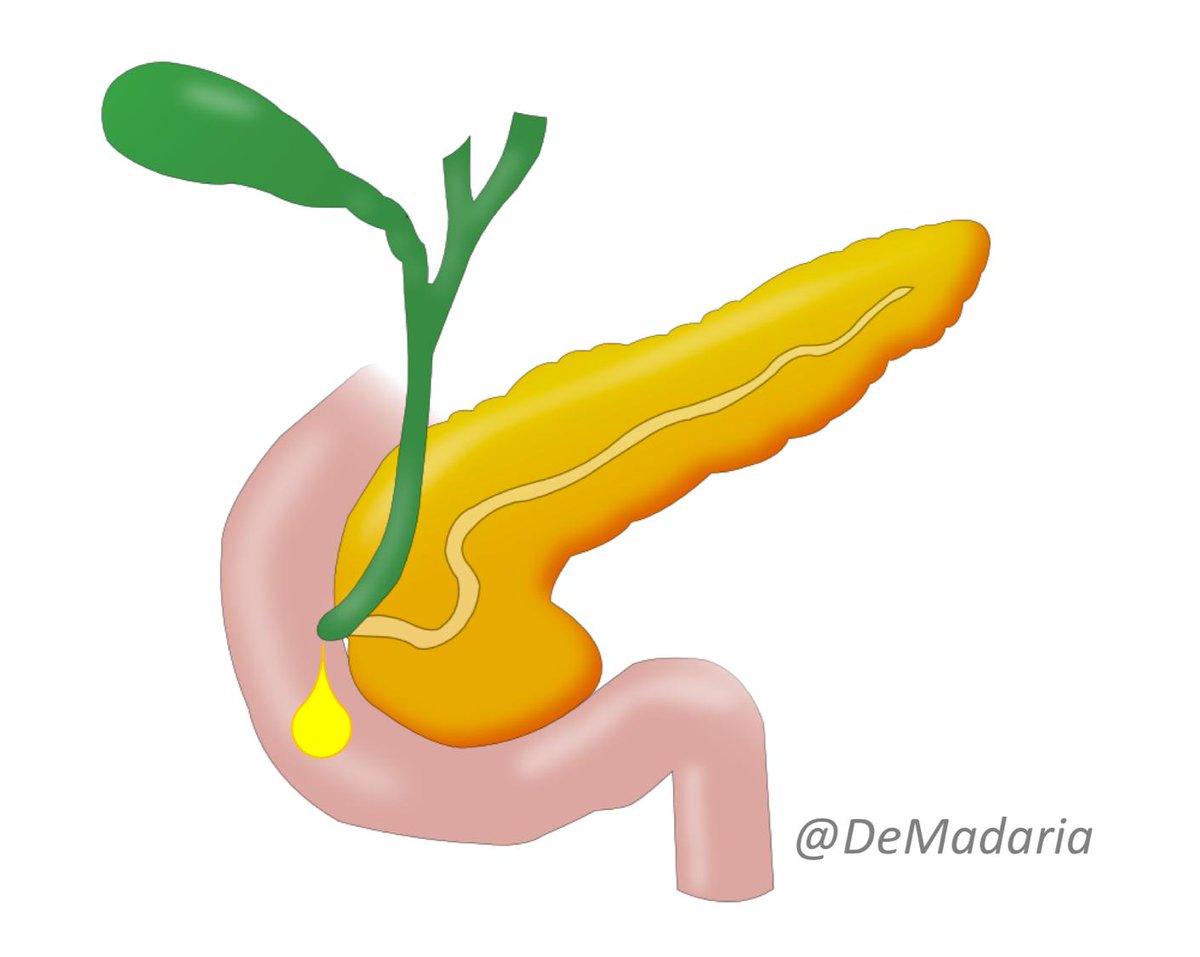
1/5 @pancreatitis_nl trials addressing the management of infected pancreatic necrosis in acute pancreatitis #TheAmylaseSchool @my_ueg @EurPancClub @MarcBesselink #ClinicalResearch 

2/5
Panther trial: A Step-up Approach or Open Necrosectomy for Necrotizing Pancreatitis @NEJM
This trial robustly demonstrated that minimally invasive treatment (percutaneous drainage and minim. invasive surgery if needed) was better than open surgery
nejm.org/doi/10.1056/NE…
Panther trial: A Step-up Approach or Open Necrosectomy for Necrotizing Pancreatitis @NEJM
This trial robustly demonstrated that minimally invasive treatment (percutaneous drainage and minim. invasive surgery if needed) was better than open surgery
nejm.org/doi/10.1056/NE…
3/5 Penguin trial: Endoscopic Transgastric vs Surgical Necrosectomy for Infected Necrotizing Pancreatitis @JAMA_current jamanetwork.com/journals/jama/… This trial showed that endoscopic necrosectomy was better (less aggressive) than open surgery
4/5 Tension trial: Endoscopic or surgical step-up approach for infected necrotising pancreatitis @TheLancet linkinghub.elsevier.com/retrieve/pii/S… This trial showed some benefit for endoscopic step-up approach (endoscopic drainage and endoscopic necrosectomy if needed) vs percutaneous approach
Before 5/5 let me invite you to the #HarvardMINTcourse, if u love the management of Esophag/Stomach/duodenum diseases join this @harvardmed course-I will address paraduodenal pancreatitis Join now!
Virtual free/ virtual with CME credits / onsite / hands-on cmecatalog.hms.harvard.edu/minimally-inva…
Virtual free/ virtual with CME credits / onsite / hands-on cmecatalog.hms.harvard.edu/minimally-inva…
5/5 POINTER trial: Immediate versus Postponed Intervention for Infected Necrotizing Pancreatitis @NEJM nejm.org/doi/10.1056/NE… This trial showed that delayed drainage is better: less number of procedures and almost 40% finally didn't need drainage
If you liked this Twitter thread, first join the #HarvardMINTcourse here: cmecatalog.hms.harvard.edu/minimally-inva… and then retweet the first tweet
• • •
Missing some Tweet in this thread? You can try to
force a refresh



























